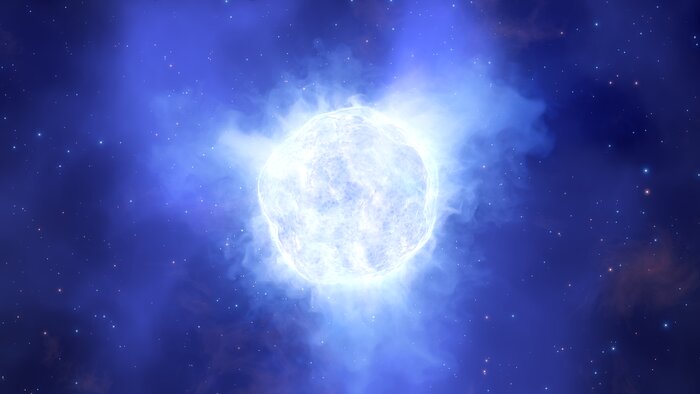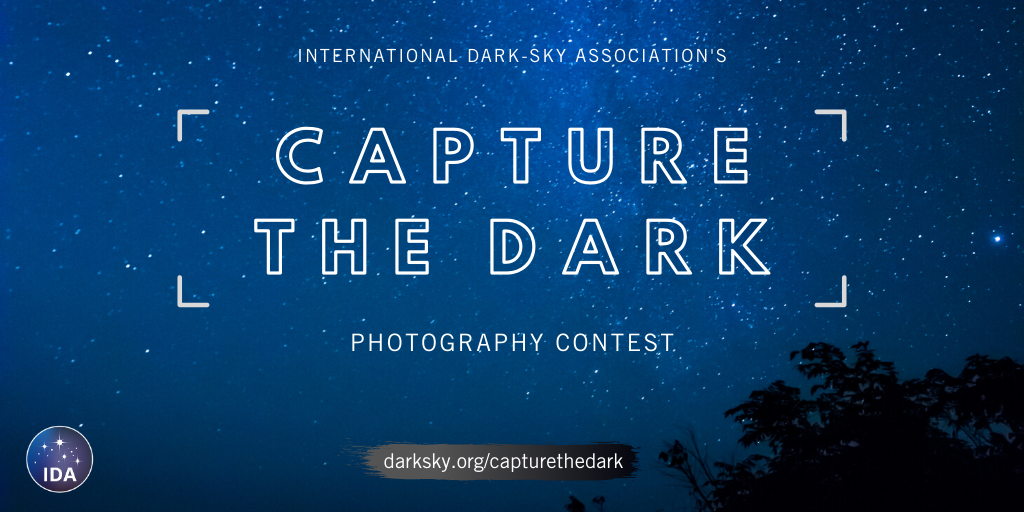Media
Transcript
Happy Tunguska Impact Day everyone! On this day in 1908, an object from space – an asteroid or comet – burst in the air over Krasnoyarsk Krai in Siberia, flattening 2,000 square kilometers of the forest. The shock waves were registered as far away as the United Kingdom, and for months after, Mt Wilson Observatory observed an increase in suspended dust particles.
Events like Tunguska and the much smaller 2013 airburst over Chelyabinsk, Russia, remind us that the universe is not a safe place, and on any given day, things can go sideways in the most amazing of ways.
For instance, a star recently went missing. This is one of those stories where I took the time to read the research paper in detail because the press release headline just seemed way too fantastic – stars shouldn’t just disappear. But this one did.

About 75 million light-years away there is a dwarf galaxy called PHL 293B. This particular dwarf galaxy is very metal-poor, with stars having just one-tenth the heavy elements as we see in our Sun. This metal-poor system, however, underwent star formation in the not too distant past, and in 2001 astronomers were able to identify the light of what looks like a luminous blue variable in this system. This bright blue star is the end stage of a massive star’s life, and what happens during this phase in a star’s evolution will determine how the star dies. Luminous blue variables are characterized by massive winds and hydrogen emission lines.
Characterizing any one star in PHL 293B is tricky. This system is so far away that individual stars can’t be resolved, and the studies have to look at the aggregate light from the population. That said, while it’s not possible to point at an image and say “that’s the luminous blue variable”, it is possible to look at the spectra and say, “These lines indicate something consistent with a luminous blue variable is present.” Spectra taken in 2001, 2002, 2009, and 2011 all show these kinds of blue variable lines, but in data from 2016 and 2019, these features are just gone.
You can see all spectra in a remarkably readable paper with first author Andrew Allan that will be appearing in the Monthly Notices of the Royal Astronomical Society and is currently posted to arXiv.
The easiest way to interpret these data is to say there was a luminous blue variable, and now its light has either been obscured or the star has stopped generating light. This could happen if the massive outflows produced a cloud of obscuring dust and gas that is blocking the star’s light from us, the way squid ink can obscure a squid from its enemies. This could happen if the star somehow quietly collapsed into a black hole without a supernova. Again, we don’t totally understand how low metallicity stars evolve, and without data – data this team was trying to get when this star went missing – we can’t know what kinds of things to expect.
In addition to these “it was a luminous blue variable that disappeared” theories, there is also the possibility that the original observers misunderstood what they were looking at, and that the 2001-2011 set of observations were of an expanding supernova remnant from a supernova that occurred between 1995 and 1998, during a period of time when this field wasn’t being observed.
This is the kind of science that can drive an observer crazy. We have a single example of this kind of star, and something happened, and the data isn’t quite good enough to know exactly what happened. The observations in this paper required the full power of all four of the Very Large Telescopes working together; getting better data isn’t possible until the next generation of tens-of-meter telescopes is built. Until then, all we know is there was something bright and blue with outflows consistent with being a metal-poor luminous blue variable, and that something is now gone.
Normally in astronomy, we don’t see things going completely away. There are lots of phenomena that flare up and fade away, but generally, there is something still there when that fade is complete.

One particularly interesting kind of flare and fade system is the symbiotic nova V407 Cygni. This system consists of a Mira variable – a giant red star that pulsates over a period of hundreds of days – and a compact white dwarf star. The Mira’s hold on its outer atmosphere is tenuous at best, and the star has massive stellar winds. These effects join forces to allow the white dwarf to gravitationally pull matter that was part of the Mira onto the white dwarf’s surface where it builds up until it detonates in massive nuclear reactions.
In 2010, the Fermi gamma-ray telescope observed gamma-ray emission coincident with this system, giving us a sense of how energetic these outbursts and their related phenomena can be. Now, looking at this system in the radio, astronomers have been able to observe the expanding shockwave from the nova as it interacts with the material in its surroundings and impacts the atmosphere of the Mira variable. These highly detailed observations, which are published in Astronomy & Astrophysics by Marcello Giroletti and company, revealed the expanding shock of an outburst over the first 203 days of an outburst’s evolution, and also caught the echo of a past outburst. They allow astronomers to understand the system’s alignment and understand what was going on back in 2010 when gamma rays were discovered. Based on these new data, the system was observed along the equatorial plane and from behind the Mira. How that generated the observed gamma rays is a mystery that waits for additional publications.
Part of our ability to advance astronomy relies on there still being dark places on the planet Earth where we can place telescopes. Not every kind of telescope can be put in orbit, and telescopes don’t have any magic filters that allow them to see faint stars in the noise of human lights reflecting through the atmosphere. For people who’ve never been someplace truly dark, it can be hard to understand what is missing.

In order to both celebrate places where the sky is still dark, and to encourage people to reflect on the negative impacts of light pollution, the International Dark-Sky Association hosted a “Capture the Dark” photography contest. The winners have now been announced in categories ranging from “Connecting to the Dark” to the “Bright Side of Lighting”. These images are often creative and beautiful and may inspire you to try your own hand at night-time photography. You can see the best of these images on our website, DailySpace.org, and click through to explore the collection on the IDA website.
A lot of organizations are finding ways to keep their events going during these plague times, and some organizations, including ours, are creating new distractions to get people engaged in science while trapped at home. This July 17-18-19, we will be hosting CosmoQuest-a-Con, a 2.5-day science and creativity event with research, authors, artists, astrophotographers, and more. You are all invited to get tickets today at cosmoquest.org. Our guests of honor include gamer Scott Manley, artist Amy Davis Roth, and science communicator Dr. Erin MacDonald. Get your tickets at cosmoquest.org and we’ll see you in three weeks!
[ngg src=”galleries” ids=”1″ sortorder=”5,2,1,4,3″ display=”basic_slideshow”]Learn More
A Cosmic Mystery: ESO Telescope Captures the Disappearance of a Massive Star
- ESO press release
- “The Possible Disappearance of a Massive Star in the Low Metallicity Galaxy PHL 293B,” A. Allan et al., 2020 June 30, Monthly Notices of the Royal Astronomical Society (Preprint)
Radio Telescopes Reveal Explosion on Surface of Hot Dead Star
- European Astronomical Society press release
- “Very Long Baseline Interferometry Imaging of the Advancing Ejecta in the First Gamma-Ray Nova V407 Cyg,” Marcello Giroletti et al., 2020 June 29, Astronomy & Astrophysics (Preprint on arxiv.org)
Photographers ‘Capture the Dark’ with Stunning Images of the Night
Credits
Written by Pamela Gay
Hosted by Pamela Gay
Audio and Video Editing by Ally Pelphrey
Content Editing by Beth Johnson
Intro and Outro music by Kevin MacLeod, https://incompetech.com/music/


 We record most shows live, on Twitch. Follow us today to get alerts when we go live.
We record most shows live, on Twitch. Follow us today to get alerts when we go live.